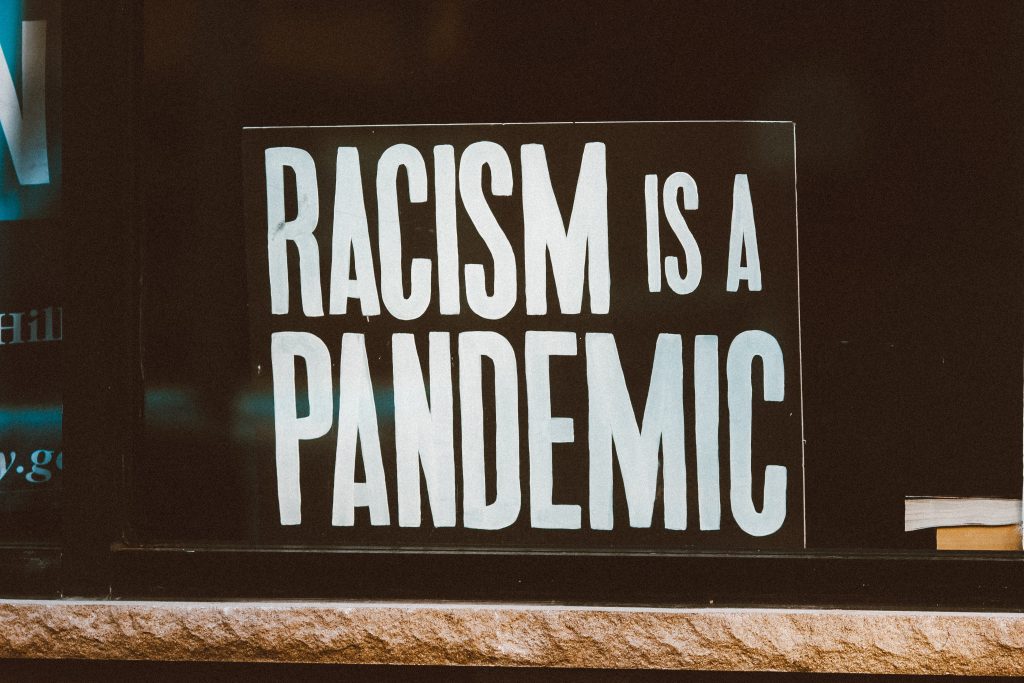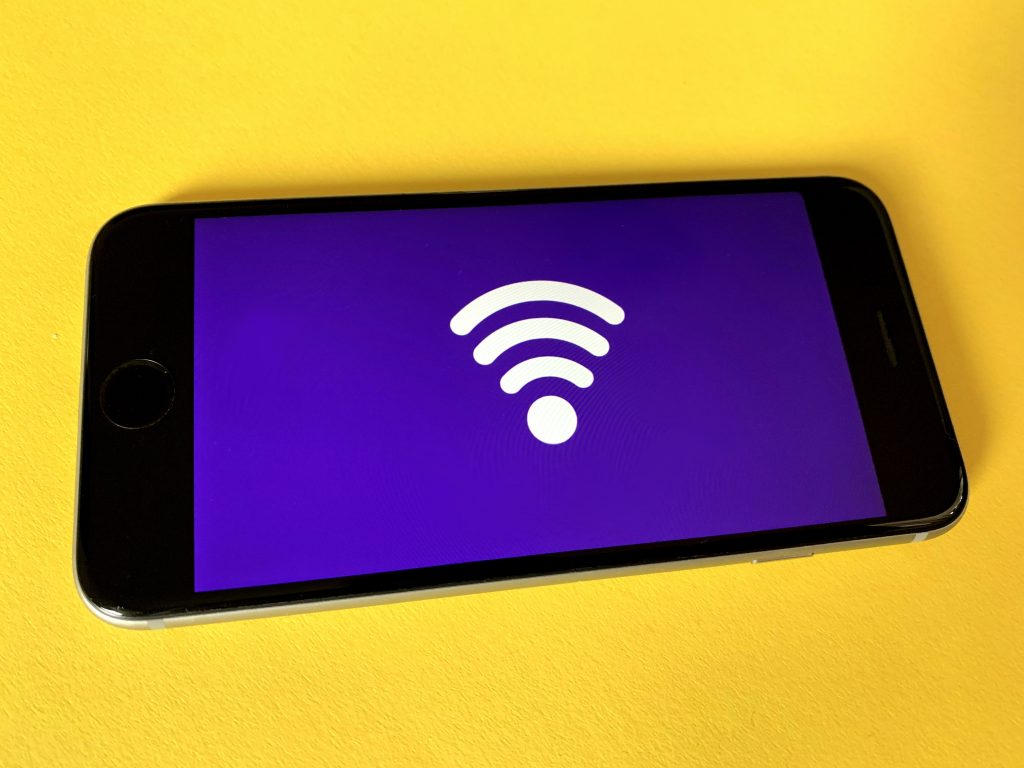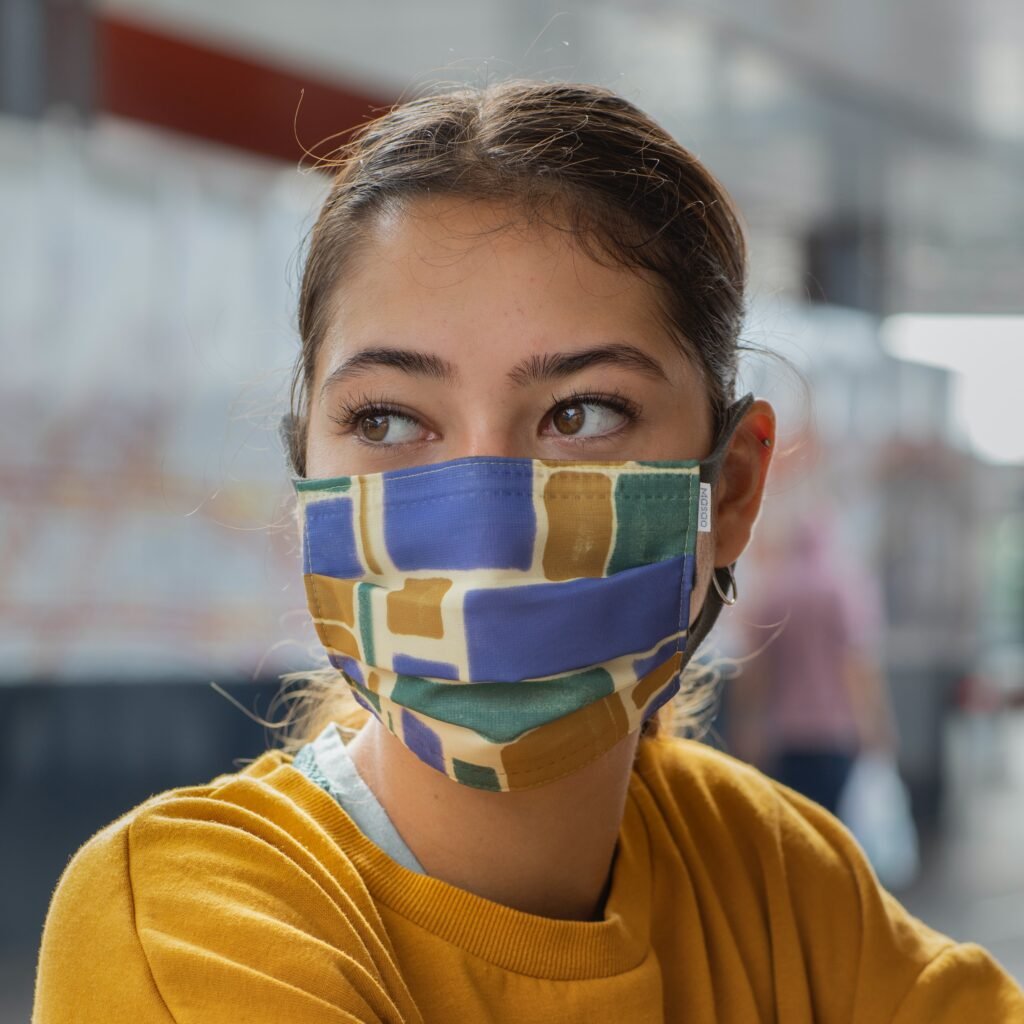For anybody working in an Enhancing Entry to Psychological Therapies (IAPT; now often known as NHS Speaking Therapies or NHSTT) service, the COVID-19 pandemic led to fast change in methods of working from 2020 onwards. Providers wanted to adapt virtually in a single day to offering evidence-based care both remotely or with vital diversifications if face-to-face (read Philippa Clery’s mega-blog on tele-mental health during the pandemic to learn more).
On the time, there was no precedent as to how shoppers would discover these adjustments and what elements would possibly predict how folks accessed and engaged with these companies. Service leads had considerations about whether or not these adjustments could introduce extra obstacles for sure teams, similar to digital poverty and the dearth of confidential house within the dwelling.
Referrals into companies fell considerably throughout lockdown, however it’s unclear precisely why this occurred and what the completely different obstacles for various teams could have been.
The current research by Verbist and colleagues (2023) is the primary of its type to look at retrospective information of shoppers referred to 4 NHSTT companies within the North West of England, with the goals of:
- Exploring whether or not the introduction of distant remedy affected entry and engagement with IAPT companies.
- Investigating threat elements for non-attendance pre-, throughout and post-lockdown.

Throughout COVID-19, routine psychological well being companies needed to adapt virtually in a single day to offering predominantly distant strategies of remedy. Researchers are nonetheless attempting to know the impression of this variation on shoppers.
Strategies
This research used an observational retrospective cohort design. In the course of the timeframe of this analysis (23 Mar 2019 – 23 Sep 2021), 46,861 referrals into NHSTT companies had been screened. After exclusions based mostly on entry to therapy and suitability, the ultimate pattern included 9,676 shoppers, with:
- 2,913 accessing companies earlier than lockdown (23 Mar – 23 Sep 2019)
- 3,238 accessing companies throughout lockdown (23 Mar – 23 Sep 2020)
- 3,525 accessing companies after lockdown (23 Mar – 23 Sep 2021)
Every referral had their demographics, placement throughout the stepped-care mannequin, entry to and engagement with NHSTT therapy monitored. As a result of quantity of lacking information associated to incapacity standing and provisional analysis, these elements weren’t included.
The research outlined ‘getting into NHSTT therapy’ as somebody who attended one therapy session, ‘entry to therapy’ as somebody who attended two or extra therapy periods, and ‘engagement with therapy’ as somebody who had a deliberate discharge to their referral.
Statistical assessments then in contrast whether or not these elements affected entry and engagement to NHSTT therapy in another way throughout the three timeframes of the research.
Outcomes
Entry to therapy
Throughout the three teams, findings demonstrated that considerably extra folks entered NHSTT therapy after lockdown in contrast with earlier than/throughout lockdowns (earlier than: 1,757; throughout: 1,936; after: 2,275; p < .001). No demographics made up this vital enhance.
Earlier than lockdown
When exploring the elements that affected entry to therapy earlier than lockdown, the researchers discovered:
- Shoppers who declined to state their sexuality accessed therapy lower than heterosexual shoppers (p = .01).
- Shoppers with out a reported long-term bodily well being situation (LTC) accessed therapy lower than these with an LTC (p = .01).
Throughout lockdown
- Not accessing therapy was extra frequent amongst shoppers whose first language was not English in contrast to those that did communicate English as a primary language (p = 0.01).
- Unemployed shoppers extra generally didn’t entry therapy compared to employed shoppers (p < .001); this was additionally recognized as a threat issue, with unemployed shoppers virtually 1.5 instances much less probably than employed shoppers to entry therapy (OR = 1.36, 95% CI [1.1 to 1.66], p < .001).
- Sufferers from a Black ethnic background accessed therapy greater than White British shoppers (p < .001), with White background additionally being thought of a threat issue to therapy non-access (OR = 2.04, 95% CI [1.29 to 3.21], p = .002).
- Perinatal sufferers accessed therapy greater than non-perinatal shoppers (p = .02), with non-perinatal shoppers serving as a threat issue for failing to entry therapy (OR = 1.47, 95% CI [1.13 to 1.92], p = 0.005).
After lockdown
- Males extra generally didn’t entry therapy compared to females (p < .03).
- Unemployed shoppers extra generally didn’t entry therapy compared to employed/scholar shoppers (p < .001), with unemployment being a threat issue for failing to entry therapy (OR = 1.68, 95% CI [1.4 to 2.02], p < .001).
Engagement with therapy
When exploring the elements that affected engagement with NHSTT therapy, being younger (<34 years), perinatal, unemployed, and shoppers taking psychotropic treatment had been every extra more likely to disengage with NHSTT therapy no matter timeframe.
Earlier than lockdown, being youthful (OR = 0.98, 95% CI [0.98 to 0.99], p = .01), unemployed, (OR = 1.74, 95% CI [1.33 to 2.31], p < .001), homemakers (OR = 3.13, 95% CI [1.46 to 6.69], p = .003), perinatal (OR = 1.8, 95% CI [1.22 to 2.51], p = .002), or on treatment (OR = 1.47, 95% CI [1.15 to 1.88], p < .001) had been threat elements for disengagement.
Throughout lockdown, findings had been related, besides that sufferers with a long-term situation (LTC) had been extra more likely to decide to therapy and have a deliberate consequence (OR = 0.74, 95% CI [0.56 to 0.98], p = .03), making non-LTC standing an extra threat issue for therapy disengagement.
After lockdown, related traits had been seen in threat elements concerning youth and employment standing. Nevertheless, on this group, neither gender, perinatal standing, ethnicity, or presence of mediation considerably contributed to therapy disengagement.

Considerably extra people entered NHS Speaking Therapies after lockdown compared to earlier than or throughout. Nevertheless, throughout all timepoints, shoppers who had been youthful, perinatal, unemployed, or taking treatment, had been extra more likely to disengage with therapy.
Conclusions
Verbist et al. (2023) discovered that entry to and engagement with NHSTT companies is considerably larger after lockdown than it was earlier than or throughout. The authors word that larger entry charges might be linked to decrease ready instances throughout lockdown, which had been achieved on account of decrease ranges of referrals into companies at that interval.
As well as, perinatal shoppers and Black shoppers had been considerably extra more likely to entry therapy throughout lockdown than earlier than or after lockdown, and youthful age and unemployment had been constant predictors of unplanned discharge in any respect phases of the research. These findings are in line with the broader literature and the context of the pandemic, similar to George Floyd’s homicide and the fast lower in younger folks’s psychological well being.
It’s famous that the variety of shoppers who had been taking psychotropic drugs elevated over the research interval, which requires additional analysis and exploration.

Perinatal shoppers and Black shoppers had been extra more likely to entry NHS Speaking Therapies companies throughout lockdown than earlier than or after lockdown, probably reflecting the context of occasions throughout the pandemic.
Strengths and limitations
Strengths
One energy is that the research managed for ready instances when analysing their information. It’s probably that this might have an effect on a consumer’s entry/engagement with NHSTT no matter their demographics, so accounting for this improves the validity of comparisons made between completely different teams throughout the research.
Equally, as mentioned by the authors, this was the primary research to discover distinctive timeframes throughout the COVID-19 pandemic to evaluate their impact on entry/engagement. This new info supplies companies with a wealth of information to counsel which populations skilled obstacles at completely different factors throughout the pandemic, and who could require extra consideration to enhance entry/engagement.
Limitations
- No consideration was taken concerning step-ups inside NHSTT companies (e.g., transitioning from guided self-help to Cognitive Behavioural Remedy). Sure demographics are extra liable to step-ups inside NHSTT, similar to shoppers with a identified long-term situation (Chan & Adams, 2014), and typical service ready instances would possibly imply some demographics noticed extra information exclusion than others on account of this mixture.
- This paper considers COVID-19 broadly, regardless of completely different restrictions positioned in several areas of the UK between 2019 and 2021. This might have offered extra problem to engagement based mostly on a consumer’s location in England, decreasing the comparability of information from completely different NHSTT companies.
- Likewise, the authors spotlight that each one individuals come from the identical geographical space (the North West of England), and there could also be points in generalising these findings to England as a complete.
- Incapacity standing and preliminary diagnoses weren’t thought of on this research on account of inadequate information; both may impression consumer engagement if not sufficiently tailored for.
- Digital poverty was not managed for, and though the research notes that there’s broad satisfaction with video session as a communication medium for remedy, this might solely have been ascertained from those that had been accessing the service.
- Lastly, therapist results weren’t measured throughout this research, regardless of the connection between therapist and consumer being a significant contributor to a consumer’s engagement. This might scale back the validity of a number of the comparisons made.

In analysis similar to this, it is necessary that the function of digital poverty is taken into account so as to perceive the impression on wellbeing for these unable to entry digital therapies.
Implications for follow
Many elements must be thought of when exploring how and why completely different teams locally accessed NHSTT companies earlier than, throughout and after the pandemic. Consequently, researchers are actively exploring sides of psychological well being care supply that ought to change in a post-pandemic world (Monero et al., 2020). It’s important that medical service suppliers and commissioners use the information gained from research similar to this to think about learn how to present efficient remedies for various demographic teams accessing NHSTT.
Increased entry charges are hopefully a characteristic of individuals discovering companies extra accessible, or probably on account of decrease ready instances throughout lockdown. Alongside that although, it might be attention-grabbing to construct on this analysis by assessing the standard of service supply throughout this time period, reasonably than solely its amount. This might be achieved by incorporating drawback descriptors and restoration charges recognized by means of the monitoring of patient-reported consequence measures sometimes utilized in NHSTT companies to gauge symptom prevalence/depth (Gyani et al., 2013).
The cornerstone of this research is it’s contribution to our studying about what works for whom – and when it really works finest. Having personally mentioned with many consumers and ex-clients the adjustments to service provision that COVID-19 introduced, the recurring important theme is the significance of affected person selection and the priority that companies who’re nonetheless working predominantly or solely remotely will not be providing this. We’ve gained so much from digital developments throughout this era, which has elevated entry to remedy for many individuals; however we should not let this overshadow the preferences of others who might have different diversifications to make sure they will entry companies in a well timed and acceptable manner. Right here, the previous adage of ‘simply because we will, doesn’t imply we must always’ rings true.

The take-home message from the bloggers is to make sure that anecdotal proof from shoppers shouldn’t be ignored; and while distant supply may go for some, others could favor face-to-face contact. Shopper selection ought to be the precedence.
Assertion of pursuits
None.
Hyperlinks
Main paper
Verbist, I. L., Fabian, H., Huey, D., Brooks, H., Lovell, Okay., & Blakemore, A. (2023). Exploring access and engagement with Improving Access to Psychological Therapies (IAPT) services, before, during, and after the COVID-19 lockdown: A service evaluation in the Northwest of England. Psychotherapy Analysis, 1-12.
Different references
Chan, S. W., & Adams, M. (2014). Service use, drop-out rate and clinical outcomes: a comparison between high and low intensity treatments in an IAPT service. Behavioural and Cognitive Psychotherapy, 42(6), 747-759.
Clery, P. (2022). Telemental health: mega-blog on remote mental health care during the pandemic. The Psychological Elf.
Gyani, A., Shafran, R., Layard, R., & Clark, D. M. (2013). Enhancing recovery rates: lessons from year one of IAPT. Behaviour Analysis and Remedy, 51(9), 597-606.
Moreno, C., Wykes, T., Galderisi, S., Nordentoft, M., Crossley, N., Jones, N., … & Arango, C. (2020). How mental health care should change as a consequence of the COVID-19 pandemic. The Lancet Psychiatry, 7(9), 813-824.

